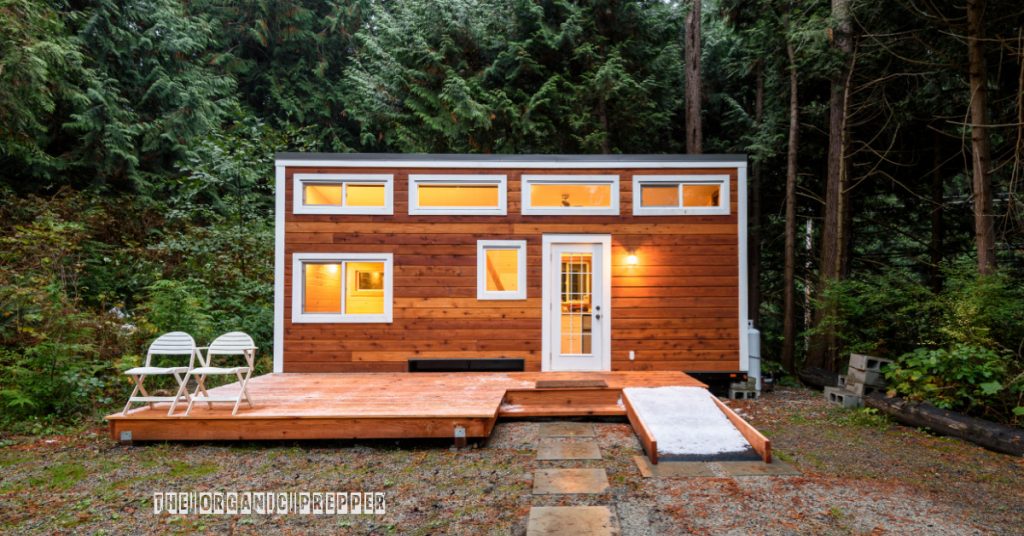by J.G. Martinez D, The Organic Prepper:

Most of us are not exactly farmers and will have a hard time growing or raising what we intend to eat if we just one day decide to start living off our harvests. It is a fact. Hunters and fishers obviously will have an edge after the collapse, but sadly, I am almost sure that in a tribal environment, my social position would not be too high.
That said, maybe joining a tribe after some age won’t be as romantic as it seems. Maybe a better idea, in order to live longer, is to stay low profile and semi-hidden, with only a few close friends and family nearby. At some age, you need some peace.
TRUTH LIVES on at https://sgtreport.tv/
For many old-school survivalists of times already gone, the proper approach was a complete farm. The amount of work involved with this path is plenty.
The more land you have to take care of, the more problems!
I’ve seen this a few times. Hard-working people who made a few bucks with three or four crops in a row expanded their business by buying another farm somewhere else, and…bang!
With twice the land, their problems multiplied exponentially, and the need for further investment followed.
However, maybe for many of us, the ideal location is not a full-size homestead or a large compound.
A micro-retreat may be the solution.

The word “micro” suggests that something minimal should come to mind. My technical background immediately clicks when I think about anything related to a production facility, and I imagine a highly productive but compact environment.
I have always been fascinated by those overlanders’ custom-built rigs over a Mercedes Unimog chassis. They are compact and space-efficient but comfortable enough for prolonged stays. This is a remarkable example of a well-done micro-habitat.

Also, think about the tiny house movement. Some of those properties are designed for boondocking – living away from civilization and services. (Want to know how to keep your family fed when you have to use a micro-retreat? Check out our free QUICKSTART Guide to building a 3-layer food storage system.)
A micro-retreat doesn’t have to be a micro-producer.
Depending on your family group, or whatever the flavor of “clan” you may have, you could craft a small place quite productive with proper planning, provided you know your climate and your skill level. You could even disguise it as a “vacation” property. The beauty of this is that nobody has to know that your gun safe is in a hidden portion of the basement in your “hunting cabin.” Or, nobody has to know that those PVC DIY empty shelves in your basement will be to grow microgreens to complement your food supply.
Such planning will make your life easier. There will be less investment to make, you will work smarter and not harder (something that will make your senior years more pleasant!), and generally, it will be much easier to keep your place clean and well-maintained.
A “micro-retreat” doesn’t mean you have to restrict yourself to the bare minimum land for your needs.
A plague could attack your crops. Someone could arrive unexpectedly, and you will need some extra. The ideal setup would be a place secluded enough, but where unexpected visitors will be able to stay, if needed.
As an example, you could think of a small greenhouse. You must think in terms of vertical expansion (upwards and downwards)if you want to keep the initial cost of a micro-retreat low enough and to maximize the space. I like to think the positive part of a small setup is that it will be much easier to keep hidden. Planting thorny bushes around will make it inextricable in a few years and will hide your orchard, gardens, and buildings. You may combine this with earthbag DIY construction that you can cover with dirt and some weed or grass grows over an ingenious layout, and it will be almost undetectable.
You may want it as a semi-permanent, permanent, or temporary residence.
The size will depend on what you want, what you need, and what you can afford. That’s the compromise.
Planning includes thinking thoroughly and drawing a sketch with the layout you believe you’re going to need. By dividing your needs into sections, or compartments, you will make sure it will be easier to make a much more complete analysis of what you need.
Read More @ TheOrganicPrepper.ca




